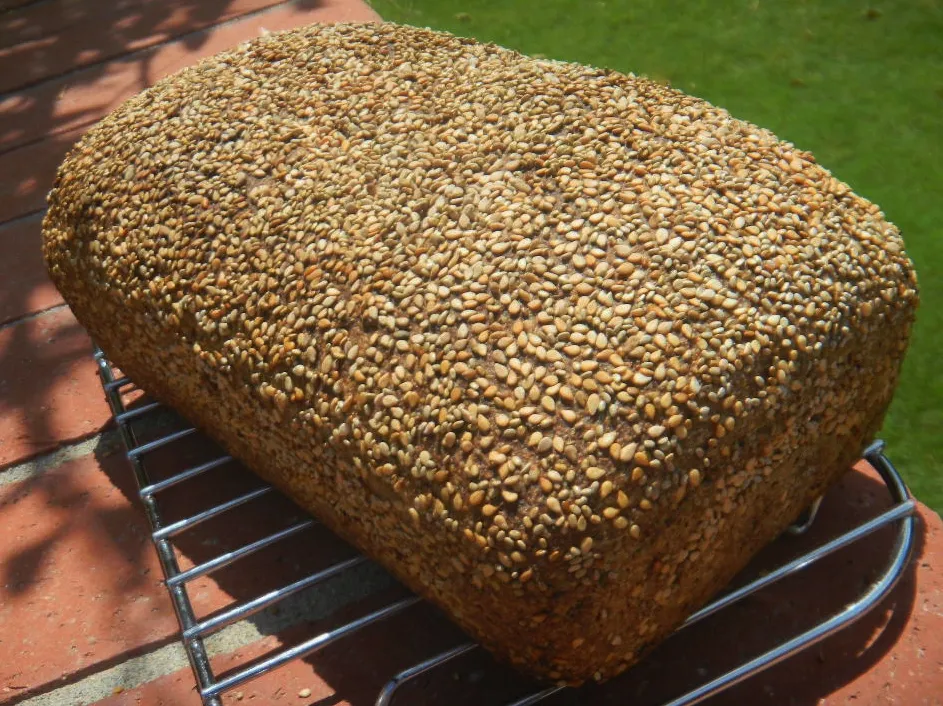Pita! Pita! Pita!

I just baked a half batch using Syd-a's, recipe. Great recipe and great pita the very first time:
- Log in or register to post comments
- 9 comments
- View post
- Skibum's Blog

I just baked a half batch using Syd-a's, recipe. Great recipe and great pita the very first time:

So local grain has slowly started to make its way back into the market and I chose to use a local Red Winter Wheat grown in Honeydew, Ca about an hour and a half from here. I splurged and bought 7 lbs to make a 60% Whole Wheat Sour w/ Cracked Wheat.

been craving to bake one with saffron .. used truffle salt and Pecorino al Tartufo with this bake. it's my close friend's birthday today, baked this classy bread for my classy friend :)
added 25% oak smoked flour to HP and AP flour. 75% hydration and used a white spelt starter.

pretty golden yellow crust
Hi guys! It has been a long time since I've written here. Meanwhile I have started a Romanian cooking blog, where I have began to post stories about some of the breads I am baking. I wanted to show you some pictures of these two breads I made. I will try to share more often also here my experiences with sourdough.
So here is the potato bread, a very tasty bread, which filled my whole house with the smell of roasted potatoes. You can check the formula here. The dough was retarded overnight in the fridge.


This bread is similar to the one we made two weeks ago that was whole wheat, spelt and farro. We milled the grains and fed the 25% sifted portion to the starter to make the levain - last time we had a 78% extraction. My starter doesn’t seem to mind these slim pickings.
when trying to post to my blog the site blows up and says a problem with internet explorer caused the page to close. This has happened twice this morning. The time I had selected all and copied it to my clip board but when I went to repaste it - it too was gone! Very frustrating Floyd. Now it blew up again immidiately after I posted this.

Gerd Kellner, aka Ketex, is not only an accomplished baker, but, also, writes one of Germany's best bread baking blogs. A book with his recipes: "Rustikale Brote aus deutschen Landen" is available as e-book at Amazon.
When I saw his post on Bauernbrötchen, I wasn't only attracted by the attractive look of these rustic rolls, but, also, intrigued by his use of old dough as leaven.

I've been cultivating a sourdough starter, and it was finally time to try to make some bread using it. I made a small amount of dough (350g), enough for a demi-baguette and a very small boule.
I used a 100% starter and ended with a 75% final dough with 2% salt.
The dough rose for 8 hours at room temperature. After shaping, I let the loaves rise for 1 hour before scoring and baking for about 20 minutes at 450F. Two ice cubes provided steam.

I decided to try making a straightforward baguette, as a quick alternative to my overnight version. It turned out pretty nice. Enjoyed it with the first bottle of this year's elderflower sparkling wine. Will write about this on my blog too.
